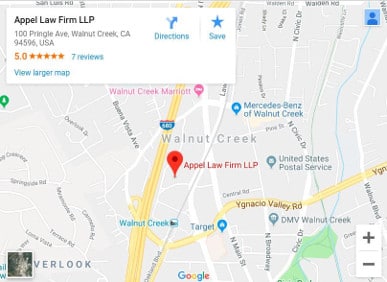According to the Center for Disease Control, motor vehicle accidents are the leading cause of death for children in the U.S. The key to preventing such tragedies doesn’t just lie with safe driving practices, but with placing kids in appropriately-sized car seats and booster seats.
A properly installed and correctly used restraint system can reduce the risk of death of infants in passenger cars by 71% and toddlers by 54 percent. But if that car or booster seat is defective, it is as if the child has no protection at all.
Examples of Defective Car Seats
Baby seats, car seats and booster seats can be defective due to a design flaw that renders some part of the seat unable to protect its occupant. In recent years, design flaws leading to recall of seats have included:
- Defective Buckles. Buckles are intended to keep a child locked in place. A faulty or poorly designed buckle may come undone upon impact, become unfastened too easily, or allow the child to unfasten it.
- Defective Chest Clips. Chest clips positions the harness straps around the child’s shoulders and chest. Defective chest clips can break or be unfastened by the child, both of which can result in grave injuries with or without a collision.
- Defective Carry Handles. Many car seats for infants are detachable from its base inside the car and have a handle that allows the seat to double as a carrier. Some recalls have involved handles releasing unexpectedly, causing the seat to pitch forward and the infant to become jostled or fall out.
- Inadequate Padding. The padding in a car seat is intended to provide cushioning sufficient to prevent or reduce head injuries upon impact. Poor or damaged padding can cause serious head or brain injuries.
- Defective Base Units. Detachable car seats are latched into a base unit that remains in the car. When the base unit is defective, the car seat can because unlatched upon impact, causing both the seat and the child in it to be thrown forward.
- Poor installation instructions. While this isn’t a design flaw, badly worded or unclear instructions for installing a car seat can lead to injuries as serious as any defective seat part. When a car seat isn’t properly installed, children can suffer bruises, scratches, head injuries, spinal cord injuries or even death.
What to do if you have a defective car seat
If you believe you have a defective car seat, stop using it immediately. Visit www.recalls.gov to find out whether the seat has been recalled. If so, contact the manufacturer to find out how you can get the seat replaced or fixed. If there has not been a recall, contact the manufacturer and the National Highway Traffic Safety Administration to report the problem and find out what steps to take next.
Note that new child seats in the U.S. come with registration cards. If you have a new seat, fill out the card and send it to the manufacturer. If the car seat is ever recalled, the manufacturer will automatically send you a notice.
When to call a products liability lawyer
If your child has suffered an injury from a defective or potentially defective car seat, you should contact a products liability lawyer to find out your rights. You may be entitled to have medical bills, lost wages and other losses reimbursed, as well as receive compensation for any future medical expenses arising from the injury.
The Walnut Creek defective car seat attorneys at the Appel Law Firm LLP are dedicated to helping children throughout California receive compensation for injuries arising from defective car seats.
